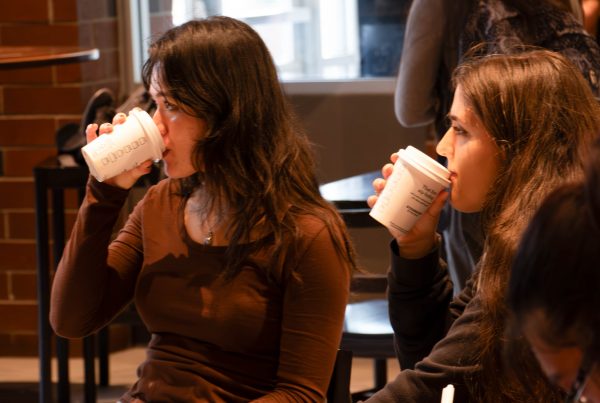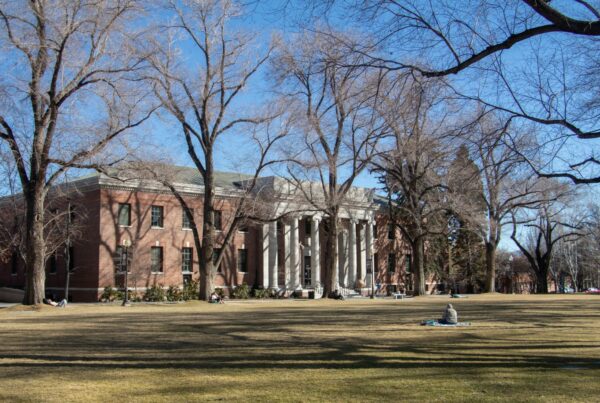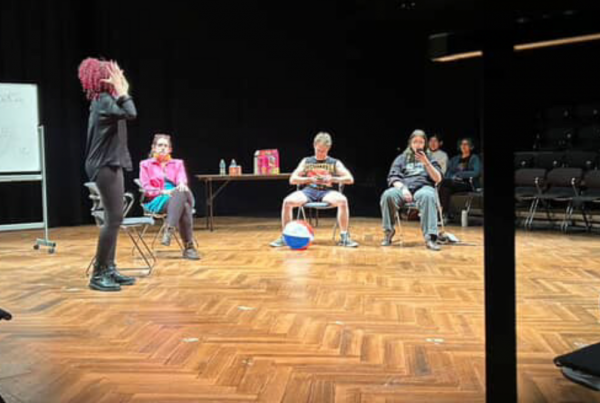In Nightingale Concert hall, star soloists, a lineup of mostly familiar composers and an army of string players took to the stage for the Symphony Orchestra Honors Concert March 7.
The concert, which was delayed due to snow the week before, is an annual performance to spotlight the best of the University of Nevada, Reno’s Department of Music. This year, four soloists stepped up to the charge: a horn player, a violinist, a mezzo-soprano singer and a cellist were on the night’s docket for a skilled night of music-making.
The Symphony Orchestra came out swinging with a sweeping rendition of Brahms’ “Academic Festival Overture.” Timing occasionally eluded the woodwind section, but the performers’ excellent grasp of dynamics grappled well with the piece’s soaring highs and plummeting lows.
Conducted by JoAnna Cochenet, a doctoral student with the department, the overture proved an apt choice of an opener designed to wow. Ending with not one but three full orchestra hits established the assembled players’ full power from the get-go, leaving them free to do less explosive things after clearing such a testing ground.
For the thick of the performance, Cochenet passed the mantle to Jason Altieri, the orchestra’s full-time conductor. Altieri’s skill in emphasis came in handy for the featured soloists, who were never overwhelmed by the orchestra’s backing. When the orchestra needed to show its full strength, it readily roared forward, but was equally good at pulling back to let the soloists shine.
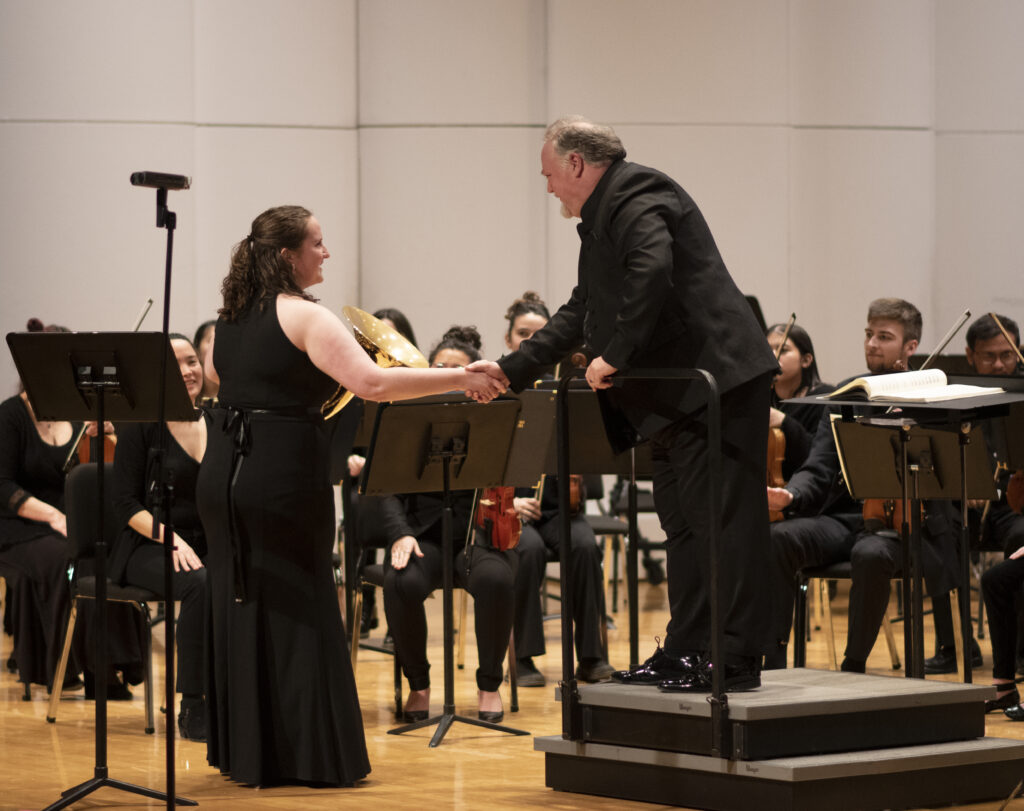
Horn soloist Emily Johns shakes the hand of Symphony Orchestra conductor Jason Altieri.
In Strauss’ Horn Concerto No.1 in E flat major Emily Johns, a graduate horn player, made an impressive showing which would have even the most robust listeners sympathetically short of breath. Johns achieved a remarkable clarity in tone, one played beautifully against a subdued accompaniment from the string section.
The night’s high, however, came in Lalo’s “Symphonie Espagnole” — not coincidentally the furthest the program strayed from the standard repertoire.
Julian Picazo, a violinist graduating with a bachelor’s this spring, brought an angle of searing rawness and texture to the piece’s third movement, Intermezzo – Allegro non troppo”.
Some violinists are almost mechanically accurate and clean, concealing the strings, the bow and the effort involved in favor of a supernaturally clear tone. “Symphonie Espagnole”, however, demands something else entirely. Picazo expertly fit the bill.
His technique made no secret of the strain and friction of playing: a keen ear could almost pluck out the scratch of a rosin-coated bow being pulled over the strings. Much like it elevates the costume of a period piece to be able to see the hand-stitching on historical garments, sometimes hearing the effort is very necessary.
There’s drama and conflict in visible hand-stitching, just like there is in a musician’s audible effort. The musical landscape Lalo builds in “Symphonie Espagnole” wouldn’t be the same without it.

The Symphony Orchestra’s first violinist rises to take a bow.
Succeeding “Symphonie Espagnole” was an excerpt from Mozart’s opera, “La clemenza di Tito,” helmed by a brilliant mezzo-soprano vocalist in Danielle Brown.
Brown is the kind of singer who makes listeners yearn for more with her rich, expansive, and endlessly enthralling voice. Her fluid articulation came into perfect relief against rigidly structured parts for the string section and a subtle but sweet supporting role for the woodwinds.
Her best talent, much like one of an actor, lay in suspense. Brown at her best had viewers on tenterhooks, carrying moments in the softer registers as far as they’d go.
After the Mozart closed, and Brown predictably received raucous applause, the orchestra took up an interesting exercise in time periods, “Variations on a Rococo Theme.” In it, Tchaikovsky, a nineteenth century Russian composer, tries his hand at a style from centuries before.
Inspired by Mozart, in fact, Tchaikovsky tries to partly shed his normal crooning, romantic style. In the spirit of the period, he reaches mostly for structure and subtlety. Unfortunately, this worked against the orchestra and its talented cello soloist, Diego Marrero Perez.
Perez held absolute command of the stage when the piece actually allowed him to slow down and linger on a feeling, but so much of his task landed in a litany of empty virtuosic feats. At a number of points, Tchaikovsky basically puts the piece on pause to toss the cellist an obstacle course. All of these pauses go on long enough the emotional context is totally lost.
Perez and the orchestra landed such a strong finish regardless is a testament to their adaptability. Especially in the face of a repetitive piece which is less than generous with their strengths.
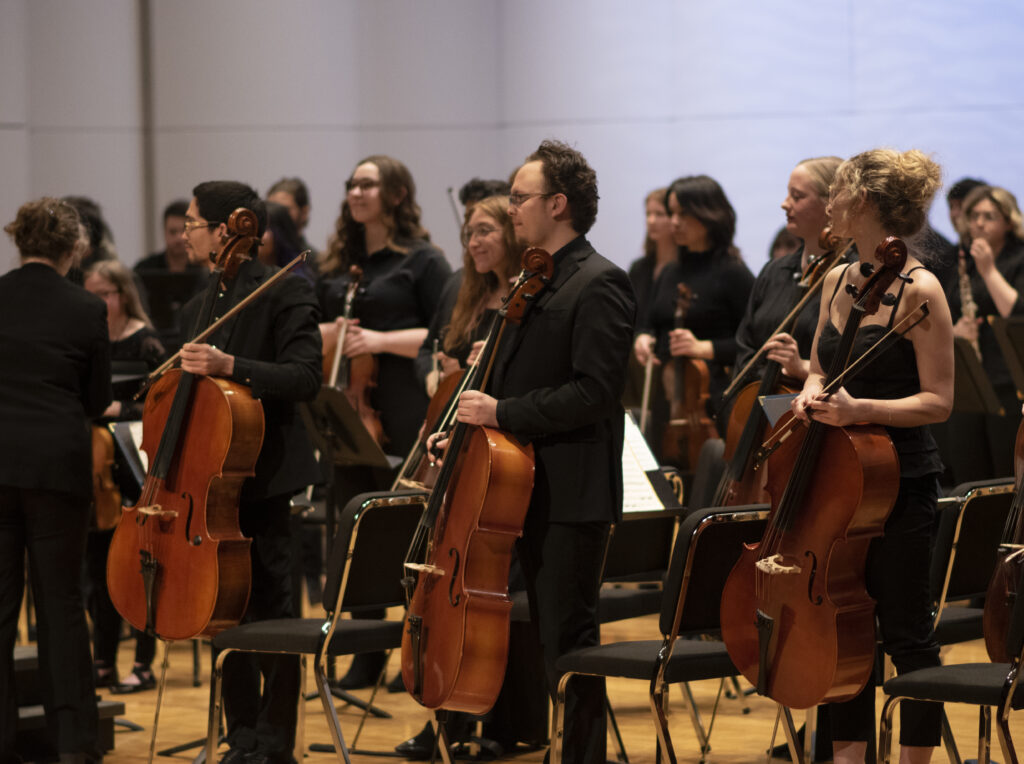
The string section gave an admirable showing at the March 7 concert.
For the concert’s closer, the violinists, who’d shown admirable restraint all night, finally got to go consistently full-bow with a booming piece from Elgar.
In “In the South (Alassio),” high drama made a fitting end to the program. Elgar, able to go from somber to shocking in a heartbeat, was a great choice for the mostly-accompanying orchestra, allowing them to close the concert at their full aural power.
Peregrine Hart can be reached via email at peregrineh@sagebrush.unr.edu or on Twitter @pintofperegrine.






